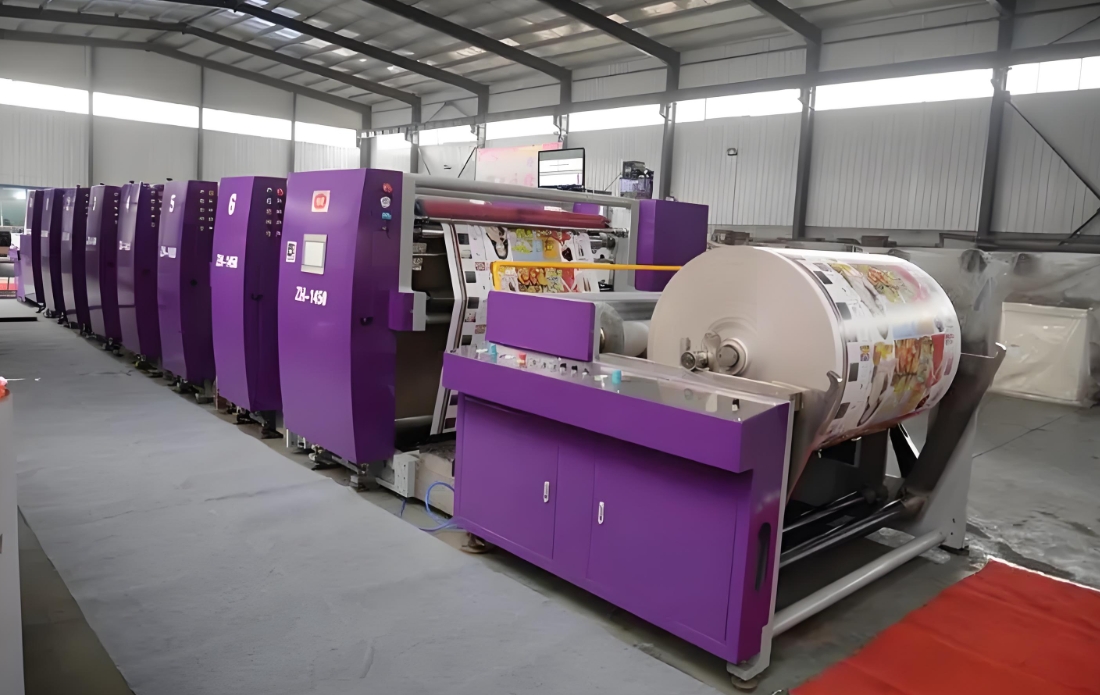Flexographic Printing Process
Time: 03 Dec,2025 | 1273 reviewsFlexographic Printing Process

I. Process Flow
Plate Preparation
Material Selection: Select suitable flexible materials, such as polyester or nylon, based on printing requirements to create the printing plate. These materials possess excellent flexibility and durability.
Plate Processing: The plate is processed to have specific image and blank areas, with the image areas raised to form a pattern that transfers ink.
Inking
Ink Selection: Choose the appropriate flexographic ink based on the substrate and requirements. Flexographic inks typically have low viscosity and quick-drying properties.
Ink Application: Apply a uniform layer of ink to the plate, ensuring that the ink covers the image areas.
Plate Mounting
Attach the processed plate to the printing cylinder, ensuring a tight fit to prevent ink leakage or blurring during printing.
Printing
Impression Process: Through the rotation of the printing cylinder, the image on the plate is transferred under pressure onto the substrate. The printing process requires a consistent speed to ensure quality.
Characteristics: Flexographic printing is an indirect printing technique. Due to the flexibility of the plate, it can adapt well to the surface contours of the substrate, making it ideal for printing on curved or irregular surfaces.
Drying
Drying Methods: Use hot air, infrared radiation, or other methods to quickly dry the ink on the substrate, fixing it in place and preventing smudging or discoloration.
Sheet Collection
Roll up the printed substrate for subsequent processing or delivery to the customer.
Cleaning
Clean the printing press to remove residual ink and impurities, preparing it for the next printing job.
II. Process Characteristics
Flexible and Elastic Plates: High durability, able to accommodate various substrates.
Short Ink Path: Ink is applied by an anilox roller, providing quick response and easy operation in ink transfer control.
Low Viscosity, Quick-Drying Ink: Enhances printing speed and quality.
Short Setup Time: Fast printing speeds and low investment costs, suitable for large-scale production.
Versatile: Suitable for printing on multiple substrates, including paper, plastic film, and metals.
Eco-Friendly: Relatively environmentally friendly in ink usage, aligning with green printing trends.
III. Application Areas
Flexographic printing has widespread applications in multiple fields, such as:
Packaging Printing: Particularly suited for flexible packaging materials like plastic films and papers.
Label Printing: Capable of achieving high-quality printing on curved surfaces, making it popular for label production.
Commercial Printing: Producing business cards, flyers, and other commercial print materials.
Cards and Greeting Cards: Showcasing intricate image effects, commonly used in card and greeting card manufacturing.
